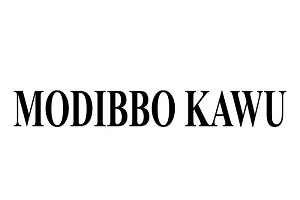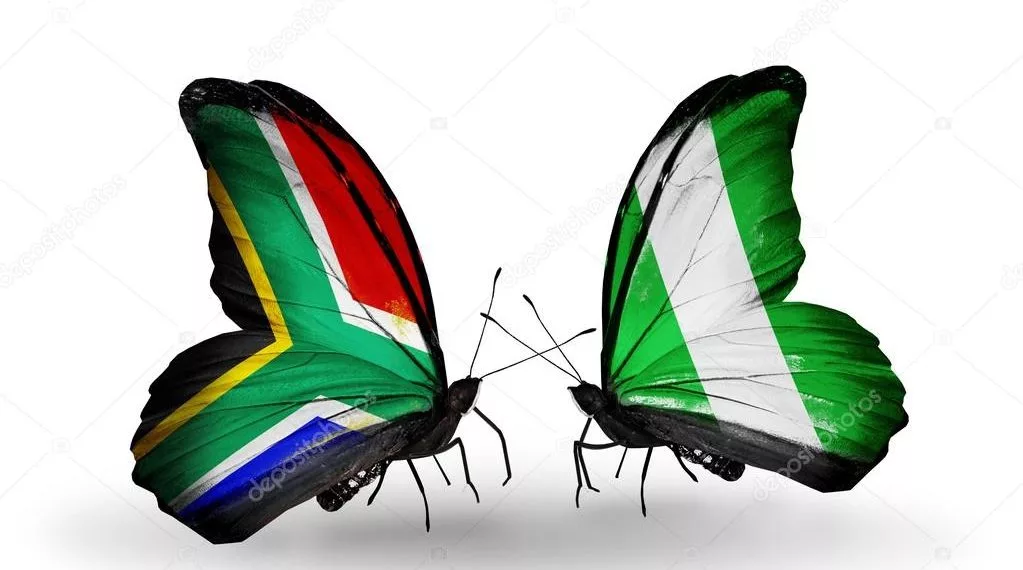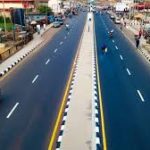During an international anti-apartheid conference in November 1988, Ike Nwachukwu, Nigeria’s External Affairs Minister, seized the opportunity of the august gathering, to remount the old hobby horse of Nigerian foreign policy- demands for the “unity” of the African National Congress (ANC), and the Pan Africanist Congress (PAC), in order, as the Nigerian Minister saw it, to prosecute the anti-apartheid struggle very effectively.
The Nigerian search for “unity” between the ANC and PAC, like the proverbial search for water at the tail of a mirage, has a consistency in our foreign policy praxis- from Angola, Zimbabwe to South Africa. In a very general sense it has often proved, at best injurious to the struggle of the peoples we set out to champion, at worse, can be counter-productive. It is objectively rooted in the idealistic and metaphysical philosophical base of Nigerian foreign policy.
It might be important, to restate that the practice of foreign policy in the long run, reflects the dynamics of political, economic and class forces of a particular society, within a historical conjuncture. This is as true of nations in the past, as they are of modern societies, including Nigeria.
The Second World War left in ruins most of the imperialist states. As a result of that, and the strong position of world socialism, as well as the anti-colonial movements of the people, the whole edifice of colonial plunder was dismantled, on a world-wide scale. In the light of this historical development, new nations of Africa and Asia, emerged on the world scene, in most cases, practicing foreign policies of an anti-colonial bent. This scenario reached its summit, in the 1970s: détente, socialism’s strategic parity with imperialism, the clout of primary resources (in this case, oil), the anti-Portugese colonial wars in Africa, allowed a greater definition of Nigerian Foreign Policy, under Murtala Muhammed.
So, with the exception of the positive aspects of the Murtala/Obasanjo era, Nigeria’s foreign policy has always been conservative, ill-defined, and generally, eclectic. It is within this broad scope of understanding, and stripped of subterfuge of “African centeredness”, that the present management of the country’s foreign policy, especially by this regime can be understood. It is also what defines official attitudes of now open, later subtle hostility to the ANC of South Africa.
In an assessment of Nigerian Foreign Policy to date, Ike Nwachukwu once said that its present trend is not a declaratory type, but rooted in the economics of Structural Adjustment, and the management of Nigeria’s debts. What this means, I think, is that foreign policy, like our economics, has a thrust of satisfying the ubiquitous “creditor nations”; in other words, the moguls of imperialist capital. This is clear enough indeed, for the discerning observers of the trends.
It is only in this light that we can understand the incessant pressure on the ANC to “unite” with the PAC. These calls come often enough, leading one to wonder whether or not our foreign policy makers, know the foundations of the ANC, and the break away from the movement of the “Africanists” who became the PAC in 1959. In 1949, members of the ANC Youth League, such as Nelson Mandela, Oliver Tambo, Peter Mda, Anton Lembede, got the ANC to accept the militant platform of struggle, now known as the Program of Action of 1949. This program was hinged to the slogan of achieving “Freedom in our lifetime”!- by these youths of the 1940s.
This radicalization process can be traced back a few years, to the time of the signing of the Xuma-Naicker-Dadoo Pact of 1947. This was a significant step in establishing a Black anti-apartheid coalition forces. On 26th June, 1952, the ANC and the South African Indian Congress (SAIC) launched the Defiance (of unjust laws) Campaign. This was the most powerful manifestation of the people’s resolve for that era. It further cemented the unity of the forces opposed to apartheid- across the colour line. The roots for the declaration of the national liberation movement’s program, for a NON-RACIAL, UNITARY and DEMOCRATIC South Africa, has been planted.
The culminating point, was the gathering on 25th June, 1955, at Kliptown, near Johannesburg of nearly 3,000 delegates – 2,222 Africans, 320 Indians, 230 Coloureds and 112 Whites. In addition, there were about 3,000 observers. That was the most representative gathering EVER held in South Africa. That Congress of the People, adopted the Freedom Charter, which remains till this day, the basic program of the South African national liberation struggle. The opening statement of the Charter, stated, “that South Africa belongs to all who live in it, black and white, and that no government can claim authority unless it is based on the will of all the people”.
It is precisely this statement that was emphatically rejected by the “Africanists”. They posited that South Africa belongs only to the African people. By 1959, they withdrew from the ANC to form the Pan Africanist Congress of Azania- a name, by the way, that has no historical or geographical links with South Africa. The ahistorical and objectively reactionary nature of the politics and platform of the PAC has never been questionable. That South African apartheid system has been based on the exploitation of the Black People, is clear enough. That the White population of the country have been the beneficiaries of the spoils of apartheid, is also clear. But that they are South Africans, is equally indisputable.
On liberation day, the White People, will still be South Africans, inspite of the positions today. But isn’t it remarkable, that from amongst the white people, came such outstanding personalities as Michael Harmel, Bram Fischer, Dennis Goldberg, Joe Slovo, Ruth First, etc., who devoted all their energies, talents and lifetime to the anti-struggle? While from the ranks of the African “owners of the land” in the reactionary logic of the PAC, are such stooges as Gatsha Buthelezi, Mangope and other Bantustan puppets.
Within the country today, the overwhelming majority of South African people have adopted the Freedom Charter as the basic document of their struggles. While in the confrontations with the army of the racist regime, it is fighters of Umkhonto We Sizwe, the ANC’s armed wing that is on the field. Members of the PAC have spent the last decade either fighting and killing themselves in Dar Es Salam, or enjoying the succour and patronage of the Nigerian government- as one of the liberation movements recognised by the Organisation of African Unity (OAU).
The calls by Ike Nwachukwu for “unity” between these two movements, therefore errs on the side of history, the rights of the South African people to wage their war the way they think best and the practical day-to-day realities of the South African struggle. Nigeria must abandon its pipe-dream of “uniting” the ANC with the PAC. We must let our South African policy flow from an understanding of the situation on the ground in that country. The South African people, afterall, know their reality better than any Nigerian government.
Finally, we need to re-assess official attitude to the ANC, which flow from the class perspective of the Nigerian ruling class, but which ultimately could redound against the self-same ruling class, because the ANC enjoys the tremendous support of the Nigerian people. For now, at least, the struggle against apartheid is one around which Nigerian people feel at one with their rulers-0 you don’t want to also cut this link, or do you?


